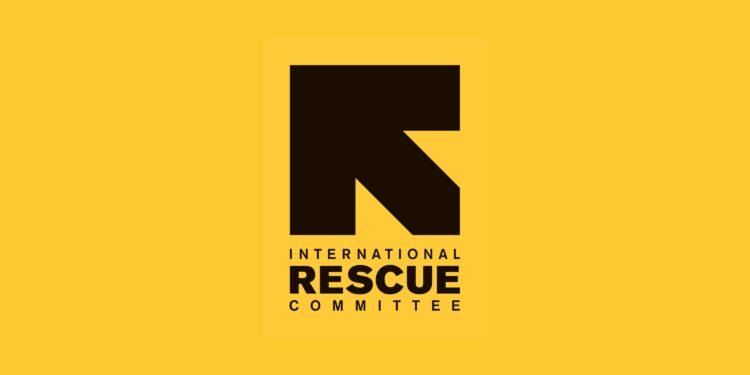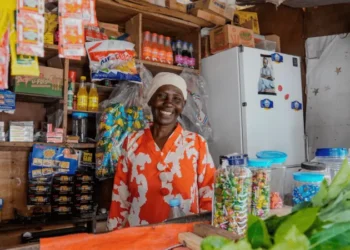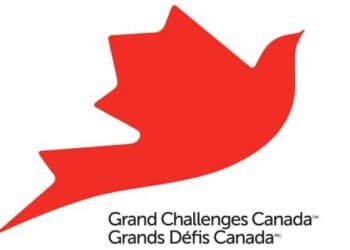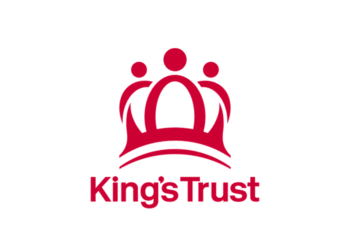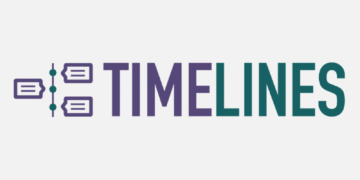Over 30 million people worldwide have received life-saving aid linked to major humanitarian efforts in recent years — a scale that shows how vital fast, organized action can be when conflict or disaster strikes.
This page introduces the organization and explains how it delivers practical help in emergencies and long-term recovery. You will see how the rescue committee partners with communities to run programs that meet urgent needs and support lasting outcomes.
Learn where to get help for refugees in the United States and abroad, from first-response care to rebuilding health systems and livelihoods. The overview clarifies the difference between immediate emergency work and longer recovery efforts.
Expect clear pathways to services, contacts for local offices, and a preview of programs in health, protection, education, economic wellbeing, water and sanitation, and safety from violence. The section also outlines how results are measured, how partners scale impact, and how to take action by donating, volunteering, or advocating.
Key Takeaways
- Quick summary of mission, scope, and where to find help.
- How the rescue committee responds in emergency and long-term recovery.
- Overview of core programs that support refugees and host communities.
- Ways to connect, get services, or support work in the United States and abroad.
- Commitment to transparency, partnerships, and measurable results.
About the International Rescue Committee: Who We Are and What We Stand For
Born of urgent need in 1933, this organization now balances rapid emergency work with long-term recovery across many countries. Its founding followed a call from Albert Einstein and later merged with another relief group to adopt the current name.
Founded in 1933 to assist people affected by conflict and disaster
The mission is simple: help people affected by war, persecution, and disaster regain safety and self-reliance. Over the years, programs have grown to include health, protection, education, and economic services that respond to real community needs.
Headquarters in New York City with a global, non-governmental mission
As a non-governmental, non-profit organization based in New York City, the rescue committee connects local offices to global strategy. Led by President David Miliband, the group coordinates services in the united states and abroad to reach people whose lives were disrupted.
International Rescue Committee Programs and Services
A coordinated set of programs delivers fast aid and steady support where people face conflict or disaster. Emergency teams deploy within 72 hours with coordinators, logisticians, doctors, water and sanitation experts, and child protection specialists.
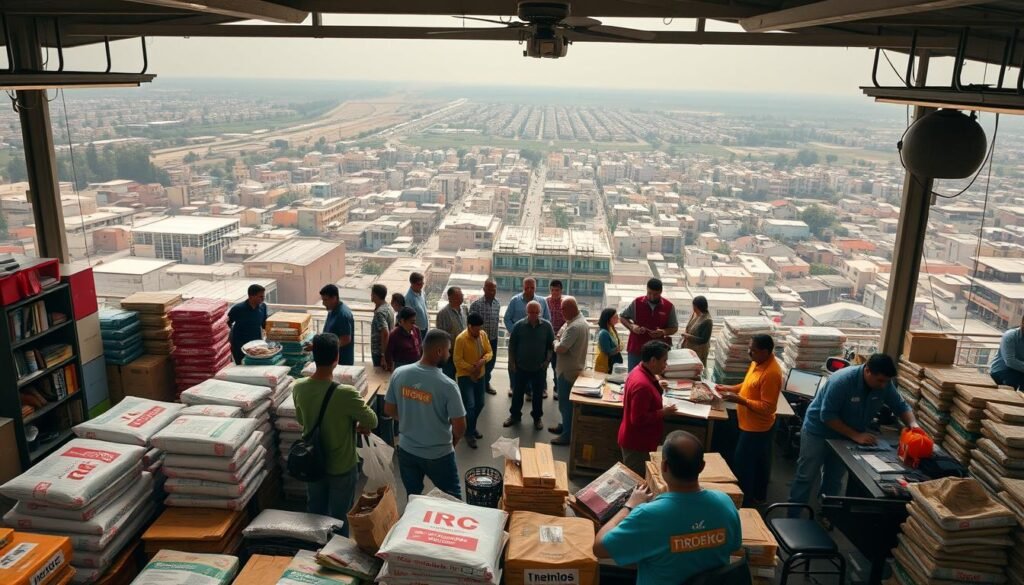
Health and health care services cover primary and reproductive care, environmental health, and targeted care for survivors of violence. Community outreach and referral networks help people get timely treatment and protection.
Water, sanitation, and hygiene interventions build reliable water systems, improve sanitation, and promote hygiene to ensure safe access in camps and host communities.
Children and youth benefit from safe learning spaces, psychosocial support, and vocational pathways that help families restore routines and income. Livelihoods and cash assistance stabilize food and shelter while markets recover.
Protection programs focus on preventing and responding to violence with case management, safe spaces, legal referrals, and economic empowerment. Multidisciplinary teams work in urban, rural, and camp settings and coordinate assistance with local providers for better access and long-term impact.
Where We Work: United States and Worldwide Operations
The rescue committee operates both in U.S. cities and across dozens of countries to resettle refugees and help people regain stability. Field teams mix emergency aid with long-term programs so services reach those who need them most.
Around 40 countries and 26 U.S. cities serving refugees
The organization runs programs in about 40 countries and 26 cities in the united states. Country teams adapt work to local context, balancing quick response with system-strengthening for lasting recovery.
Regional focus and priorities
Operations span Africa, Asia, Europe, Latin America, the middle east, and the united states, with emphasis where needs are highest. In areas facing conflict, teams prioritize protection, basic services, and livelihoods to protect civilians and support host communities.
Staffed offices coordinate supply chains, scale staffing during surges, and monitor outcomes across the world. This approach helps refugees gain access to housing, health, and economic opportunity while strengthening local partners.
Impact and Accountability: Results You Can Trust
Clear, measurable results show how rapid aid links to lasting recovery. The organization reports how humanitarian assistance reached millions and how that support met real needs in crisis and recovery over the years.
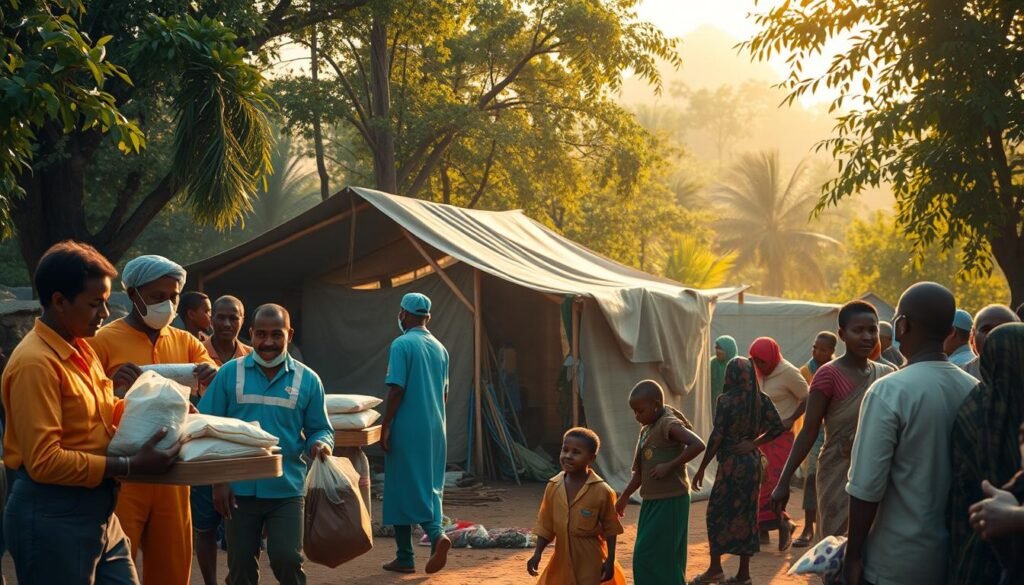
Millions reached through humanitarian assistance and long-term support
Evidence shows coordinated relief and cash assistance have helped restore safety and livelihoods. Tracking data explains how services improved health, education, and economic opportunity for affected families.
Evidence-based programs and emergency deployments from Haiti to Myanmar
Field teams deploy quickly in an emergency. Notable responses include the Haiti earthquake in 2010 and cyclone response in Myanmar in 2008. Programs use tested methods, regular monitoring, and client feedback to adjust help where needs change.
Non-profit status: 501(c)(3), EIN 13-5660870
Financial transparency and accountability guide every release and report. The organization’s nonprofit status and published performance indicators give donors and partners confidence in how funds support relief and recovery across countries.
Leadership, History, and Credibility
From early advocacy to present leadership, the group’s direction shapes how it supports people in crisis. Strong governance and field-tested systems help teams deliver timely services across many contexts.
From Albert Einstein’s call to action to today’s President David Miliband
The organization began after Albert Einstein urged aid for those fleeing Nazi rule and later merged with the Emergency Rescue unit during World War II. Since 2013, President David Miliband has guided strategy and operations from the Chanin Building in New York City.
Decades of responding to war, persecution, and natural disasters
Over the years, teams adapted to war and conflict while scaling programs to meet urgent needs. Technical standards, staff training, and evidence-based planning ensure responses stay effective as crises change.
Not to be confused with the International Committee of the Red Cross
This organization is separate from the red cross body and has its own mandate and scope. Adherence to humanitarian principles and applicable law underpins accountability to donors, partners, and the people served across countries.
How to Get Help or Get Involved
Local offices and community volunteers make it simple to get help or to support newcomers settling in the united states. Find the right entry point whether you need immediate assistance or want to donate time or money.
Find IRC offices and services in the United States
If you need help in the united states, locate nearby offices to access services like case management, employment help, education support, and community orientation.
Frontline teams tailor support to local needs and coordinate response with partners so refugees can access care, legal referrals, and essential resources quickly.
For emergency situations, contact your local office to learn about eligibility, intake steps, and available assistance options.
Donate, volunteer, and match gifts to double your impact
You can sustain both emergency and long-term work by donating. Seasonal match campaigns sometimes allow donors to double their impact by a set date.
Volunteers add value through mentorship, language tutoring, job coaching, and resource drives that meet practical needs. Corporate partners can align gifts and pro bono work with program priorities.
Prospective donors may consult third-party sites such as Charity Navigator alongside organizational financials and reports. The international rescue committee is a 501(c)(3) nonprofit (EIN 13-5660870), and employer matching can boost your gift.
Conclusion
Practical help matters. The International Rescue Committee stands with refugees and people affected by crisis to deliver both fast relief and steady programs that restore safety. Teams provide food, safe water, health care, and protection so families can rebuild their lives.
Across the united states and in many countries, these services focus on children, youth, and civilians at highest risk. The rescue committee measures results and adapts work to meet changing needs while shifting from emergency relief to locally led recovery.
If you want to support this aid, review Charity Navigator and official reports to see how donations translate into tangible improvements in health, livelihoods, and safety for communities worldwide.
FAQ
What is the organization’s core mission?
The group delivers emergency aid, care, and long-term support to people whose lives are upended by conflict, violence, or natural disaster. Teams provide food, health care, water and sanitation, protection services, and help rebuilding livelihoods to restore safety and dignity.
When and why was the organization founded?
Founded in 1933 to assist people affected by conflict and disaster, it began as a response to urgent refugee needs and has since expanded to deliver humanitarian assistance across crises worldwide.
Where is the headquarters and how global is the reach?
The headquarters are in New York City, and the organization operates in roughly 40 countries and about 26 U.S. cities, focusing on regions such as the Middle East, sub-Saharan Africa, and other developing countries.
What kinds of emergency and rapid response services are provided?
Teams mount rapid response to earthquakes, conflict zones, and sudden displacement. Services include emergency relief distribution, shelter, water and sanitation, food assistance, and mobile health clinics to stabilize communities.
What health services are offered to affected communities?
Health programs include primary care, reproductive health, mental health and psychosocial support, disease prevention, and maternal and child health services to reduce preventable deaths and illness.
How does the organization address water, sanitation, and hygiene (WASH)?
Programs build clean water access, latrines, handwashing stations, and hygiene promotion. WASH work limits disease transmission in camps and urban settings and supports long-term resilience.
What education and youth support programs exist?
Education teams run schools, early childhood programs, and safe learning spaces. Youth programs focus on protection, vocational training, and economic wellbeing to help young people rebuild futures.
How are survivors of gender-based violence supported?
Services include safe spaces, medical care, counseling, legal assistance, and community outreach to prevent violence and empower survivors. Protection teams coordinate with local partners to increase safety.
In which countries has the organization deployed emergency teams recently?
Emergency deployments respond to crises from Haiti and Myanmar to Syria and beyond. Deployments vary by year depending on conflict, displacement, and natural disaster needs.
Is the organization a registered charity and how is it accountable?
It is a 501(c)(3) nonprofit (EIN 13-5660870) and uses evidence-based programs, third-party evaluations, and transparent reporting to maintain donor trust and effectiveness.
Who leads the organization and what is its history of leadership?
Leadership has evolved since its founding and today is headed by President David Miliband. The group traces its roots to early humanitarian calls to action, including influence from figures like Albert Einstein.
How can people in the United States find local offices or services?
Visit the organization’s website to locate U.S. offices and programs in about 26 cities. Local teams assist refugees and displaced people with resettlement, health care, employment services, and education.
How can I donate or volunteer to support the work?
You can give online, set up recurring donations, or arrange matched gifts to increase impact. Volunteer opportunities vary by office and include direct service, fundraising, and advocacy roles.
How does the organization coordinate with other humanitarian actors?
Staff collaborate with UN agencies, local NGOs, governments, and community leaders to deliver coordinated emergency relief and long-term programs that maximize reach and reduce duplication.
How are funds used and how can donors verify impact?
Donations fund frontline aid, health care, water and sanitation, education, and protection. The organization publishes annual reports, program evaluations, and financial statements for donor review and transparency.
How does the group support refugees and displaced people long term?
Long-term work includes job training, cash assistance, legal aid, education, and community integration programs that help refugees rebuild stable lives and reduce dependency on emergency aid.

